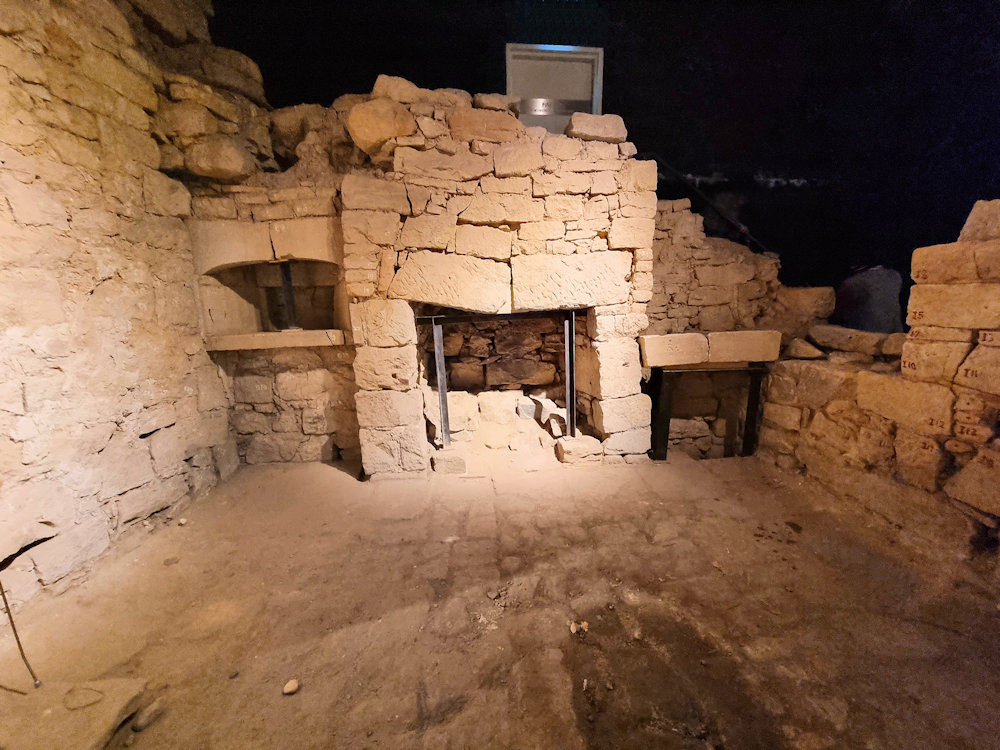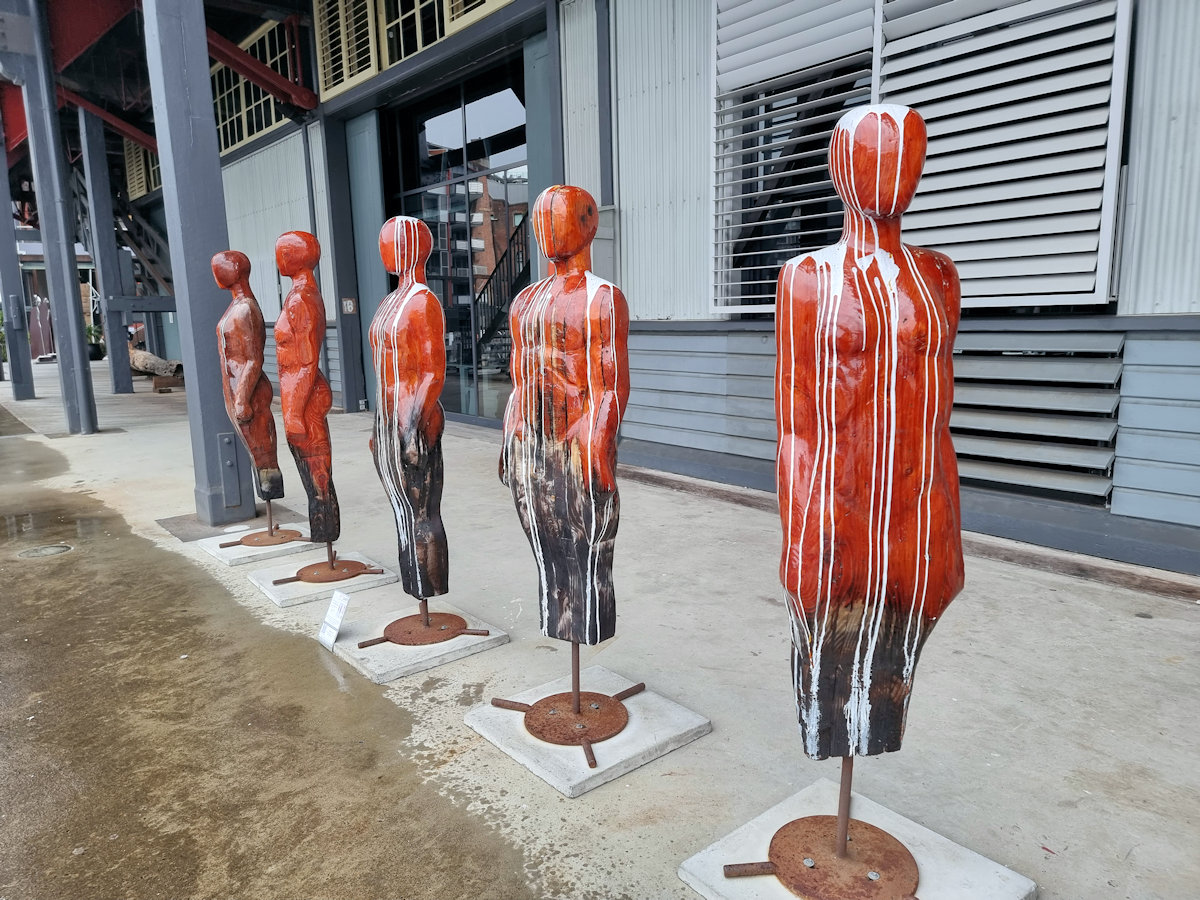Tag: Australia
-
Sydney Heritage Fleet
Sydney Heritage Fleet Founded in 1965 as the “The Lady Hopetoun and Port Jackson Marine Steam Museum”, the Sydney Heritage Fleet operates 10 large and 55 small heritage vessels. Its 450 active volunteer workers conserve Australia’s maritime past, while preserving traditional technical methods and skills. Three (as of August 2024) vessels are currently being restored,… Read more
-
Parbury Ruins

Parbury Ruins Located on the corner of Pottinger and Windmill Streets in Millers Point, Sydney, the Parbury Ruins were uncovered during the construction of an apartment block. Once excavated and recorded by archaeologists, the developers modified their design to retain the ruins, preserving them. Access to the underground area is by appointment only, or during… Read more
-
Sydney Sculpture Exhibition Walsh Bay

Sydney Sculpture Exhibition – Walsh Bay Walking through Walsh Bay, we found the Sydney Sculpture Exhibition set among the redeveloped bond stores and wharves. We visited in August 2024, and they should be on display until November 2024, although some appear to be permanent displays. We walked from Circular Quay which took around 20 minutes,… Read more